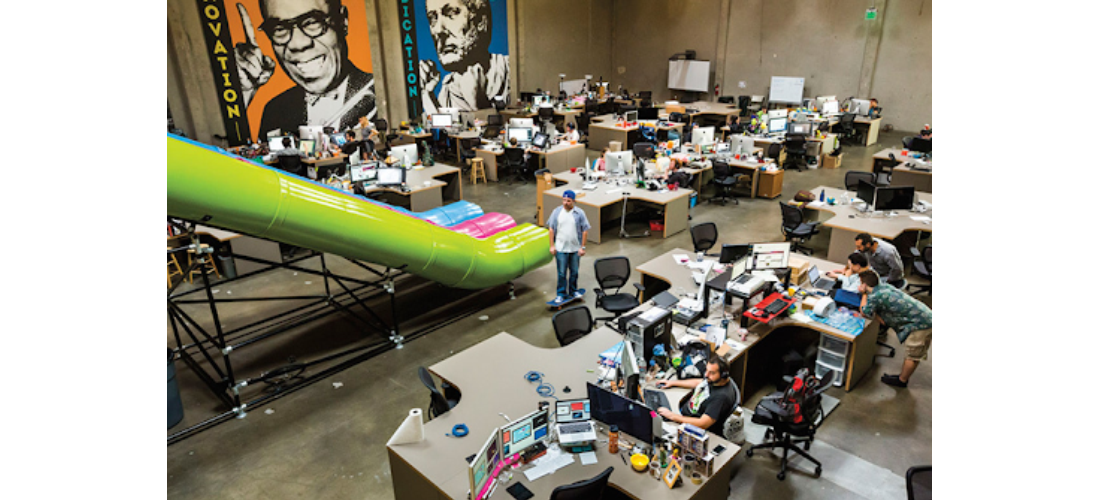
Digital Transformation Is Not Merely A Technology Transformation (Part 2)
5 yearsago 0 Comments 1.5k Views
Lesson 3: Designing the customer experience from the outside
If the goal of digital transformation is to improve customer satisfaction and intimacy, then any effort must be made before an analysis phase with input from customers. Employees of the Santa Clara County Department of Planning and Development have conducted more than 90 individual interviews with customers, in which they ask each customer to describe the strengths and weaknesses of the parts. To meet applicants’ requirements for greater transparency in the application licensing process, departments have divided the process into stages and changed the portal depending on the applicants. Applicants can now track the progress of submitting their vouchers as they move from one stage to the next. To shorten the processing time, the department has configured the software so that it automatically identifies the delayed documents.

Customer Experience must be analyzed during the digital transformation
Lesson 4: Recognize the employee’s fear of being replaced
When employees realize that digital transformations can threaten their work, they can resist changes in a conscious or unconscious way. If the digital transformation then becomes ineffective, the manager will eventually give up the effort and the work of these people will be saved. It is important for leaders to recognize those fears and emphasize that the digital transformation process is an opportunity for employees to upgrade their expertise to suit the future market. At CenturyLink, the sales team has considered applying artificial intelligence to increase their productivity. However, how to deploy AI is still an open question. Finally, the team customized an AI tool to optimize each salesperson’s efforts by suggesting which customers would call, when to call them, and what to say during the call at any time.
Lesson 5: Applying Silicon’s startup culture to businesses
Silicon Valley startups are known for their fast decision making, creating prototypes, and flat organizational structures. On the other hand, in the traditional companies, the more developed the digital technology is, the faster the demand for product and testing is enhanced in the senior management plans. Leaders must decide which application to use from which vendor, which business sector is most beneficial when moving to the new technology, whether the transition should be implemented in stages or not. Usually, the best solution requires extensive testing on interrelated parts. If each decision must undergo many layers of management to move forward, mistakes will not be detected and corrected quickly.
The digital transformation process is uncertain: changes need to be done temporarily and then adjusted; decisions need to be made quickly, and groups from around the organization need to participate. As a result, the traditional hierarchy will be a hindrance. The best solution that companies choose to solve this problem is to separate hierarchy from the rest of the company.

Thinking like a Silicon Valley startup can solve organization problems
In brief
Successful digital transformation in the above lessons shows that the leaders of these organizations go back to the core principles: they focus on changing employee thinking as well as organizational culture. and the process before they decide which digital tools to use. What employees envision about the future of the organization must be the reason for advancing technology, not the other way around.
——————–
How do you think about this article? Please share it with us via the comment section below.
>>> Go back and read Part 1 to explore 2 first valuable lessons that help leaders organize their companies successfully through digital transformations.
According to HBR
PRIMUS – TOP MANAGEMENT JOBS ONLY





